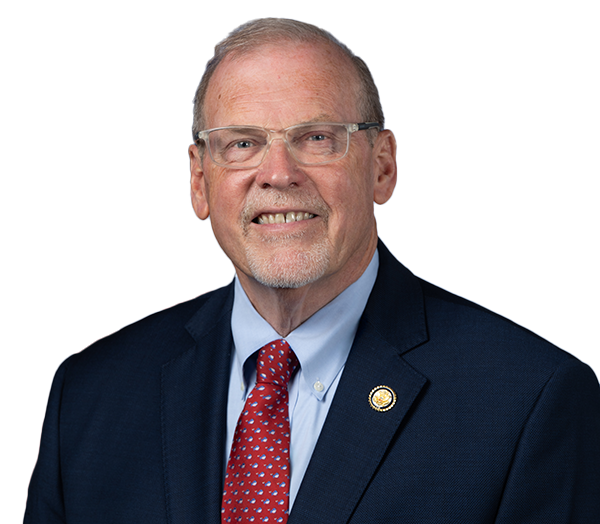Risky Business: The government is betting billions of taxpayer dollars on the renewable-energy industry.
National Journal,
September 21, 2011
“Will you tell us if these companies start to have problems, so that we can anticipate this and try to figure to what we need to do as the folks who are ultimately responsible for the spending of the taxpayers’ money?” Griffith asked.
If the Obama administration made the right bets on renewable-energy projects it backed with loan guarantees, the government would get back tens of billions of dollars it invested in a nascent industry and lose just $2.4 billion over the next decade or more from a few companies like Solyndra going bankrupt. As part of the stimulus program two years ago, the administration and Congress set aside that $2.4 billion to cover the cost of loans they expect to fail. The government bet that while some companies would fail, most would thrive, and so far, Solyndra is the only stimulus-funded renewable-energy company to go bankrupt. But a lot has changed in two years, including a newfound aversion in the GOP—by way of the tea party—toward Obama’s green-jobs agenda. Solyndra, the first renewable-energy company to receive a federal loan guarantee under the program, filed for bankruptcy, laying off 1,100 workers and jeopardizing more than $500 million in federal funds. As a result, the administration is facing questions on Capitol Hill and elsewhere about its priorities and whether politics played a role in deciding which firms got federal support. “By appropriating that money, Congress was saying it was willing to spend that money to accomplish the goal of promoting American competitiveness in clean energy,” explained Michael Carr, a Senate Energy and Natural Resources aide who works on the Energy Department’s loan-guarantee program. “We must look at the total cost of achieving this goal, which includes losses on loans.” Under the Recovery Act that Obama signed in February 2009, Congress appropriated $6 billion for the Energy Department to provide insurance in case a renewable-energy company receiving a loan guarantee failed. The figure was later reduced to $2.4 billion. “The challenge we have with this is that what you really want this program to do is to make bets on high-risk, high-reward technologies,” said Joe Aldy, who until early this year was special assistant to the president for energy and environment and the chief environmental economist for Obama’s National Economic Council. “My sense is on the economics of [Solyndra, which made its own type of solar photovoltaic systems], the technology risk didn’t play out; and because it was the first one highlighted by President Obama, it makes for very good political fodder.” The insurance, called the “credit subsidy” rate, is a fee formulated by the White House Office of Management and Budget and used by the Energy Department to approve loans. OMB estimated that about one in every 10 renewable-energy projects would fail. So far, out of more than 40 companies with loan guarantees under the program, only Solyndra has failed. The credit subsidy is a critical part of the loan guarantee program and central to the debate over Solyndra’s downfall. In a hearing last week, House Republicans criticized the administration for what they characterized as inadequate accounting of the risk Solyndra posed. “We work to the fullest of our capabilities to ensure that these projects are as de-risked as possible,” Jonathan Silver, who directs the Energy Department’s loan guarantee program, told Rep. Tim Murphy, R-Pa., at a Sept. 14 House investigations subcommittee hearing on Solyndra. “I understand, but now the taxpayers are on the hook for this,” Murphy retorted. “There are always challenges in investing in innovation,” replied Silver. “I should point out that Congress, through the appropriations of $2.4 billion of credit subsidies ...” Murphy didn’t let Silver finish his thought. The exchange was among the most heated during the four-hour hearing with Silver and Jeffrey Zients, acting deputy director of OMB. Experts say the Energy Department program can afford to cover the bankruptcy of about five similarly high-risk companies. Solyndra is one of just four manufacturers receiving the loan guarantees. The rest went to power-generation projects, which are considered much less risky. “These projects are only now just beginning construction, most of them,” Silver told Rep. Morgan Griffith, R-Va., at the hearing. “Will you tell us if these companies start to have problems, so that we can anticipate this and try to figure to what we need to do as the folks who are ultimately responsible for the spending of the taxpayers’ money?” Griffith asked. “Happy to work with you on that, sir,” Silver responded. Congress won’t get much help from the embattled executives at Solyndra, though. Two leaders of the company who were scheduled to answer questions at a House hearing on Friday have decided they will instead invoke their Fifth Amendment rights. Legal counsel representing the executives sent a letter on Tuesday to the House Energy and Commerce Committee, the panel conducting the investigation into the company’s awarding of a $535 million federal loan guarantee, to tell them they would not answer questions at Friday’s hearing. Energy and Commerce Chairman Fred Upton, R-Mich., and Oversight and Investigations Subcommittee Chairman Cliff Stearns, R-Fla., released a statement later Tuesday indicating they still plan to hold the hearing despite the executives’ reversal. “Who exactly are Solyndra’s executives trying to protect and what are they trying to hide?” Upton and Stearns asked in a statement. “Our investigation has gotten this far without much cooperation from Solyndra, and it will continue with or without their voluntary testimony.” The executives’ decision will also anger panel Democrats, who initially requested the executives’ testimony in a letter to GOP leaders on the panel earlier this month. |
Stay Connected
Use the form below to sign up for my newsletter and get the latest news and updates directly to your inbox.

